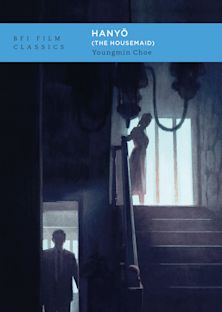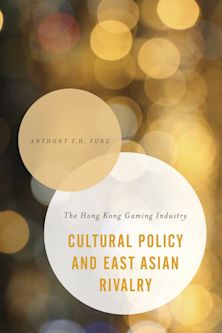- Home
- ACADEMIC
- Film & Media
- Asian Film and Media
- Indian Art Cinema and its Cultural Elites
Indian Art Cinema and its Cultural Elites
Payment for this pre-order will be taken when the item becomes available
- Delivery and returns info
-
Free UK delivery on orders £30 or over
You must sign in to add this item to your wishlist. Please sign in or create an account
Description
Repositioning Indian art cinema as a genre that articulated an elite, middle-class social imaginary, Indian Art Cinema and its Cultural Elites examines the form's contentious position within Indian society, at once exclusionary in its outlook and yet instrumental in bringing Indian film into global prominence in the latter half of the twentieth century.
Drawing on Bourdieu's theory of cultural production, Jyotika Virdi looks at how a closed producer-critic-consumer circuit reinforced class distinction through a presumption of superior taste. She traces the trajectory of art cinema in India from the 1950s, when new institutions under Nehru's socialist ideals catalysed its emergence, through the New Wave movement of the 1970s and 1980s, and finally to its gradual decline in the 1990s as economic liberalization once again transformed the social landscape. By examining films like The Apu Trilogy (1955-1959) and Godam (Warehouse) (1973), she showcases the complex contradictions of the middle class, who were both the creative producers and consumers of alternative cinema, especially during the political turbulence of the late 1960s and 1970s.
Combining a meticulous examination of key auteurs such as Satyajit Ray, Mrinal Sen, Mani Kaul, and Ritwik Ghatak, with a broader study of cultural shifts and institutional frameworks, this book reevaluates the intricate relationship between art films, the state that sustains them, and the ruling cultural elite whose influence far exceeds its size.
Table of Contents
1. Mastering Modernity: The Country to City Journey
2. A Cinema of Their Own
3. Stasis at the Edge of a Wave
4. State(s) of Crisis
5. The Return: Journeying Back
6. Interlopers and Interlocutors: Who Speaks and for Whom
Conclusion
Bibliography
Product details

| Published | 19 Feb 2026 |
|---|---|
| Format | Hardback |
| Edition | 1st |
| Extent | 280 |
| ISBN | 9781350452961 |
| Imprint | Bloomsbury Academic |
| Illustrations | 28 bw illus |
| Dimensions | 234 x 156 mm |
| Series | South Asian Screen Studies |
| Publisher | Bloomsbury Publishing |
About the contributors
Reviews
-
Anchored firmly in the sociology of film, Virdi re-examines the Indian art cinema of the second half of the twentieth century, astutely decoding and contextualizing its stories of middle-class belonging and anxiety. You will never see the same way again Pather Panchali or dozens of other festival “masterpieces” that followed.
Thomas Waugh, Professor Emeritus of Film Studies, Concordia University, Canada



































